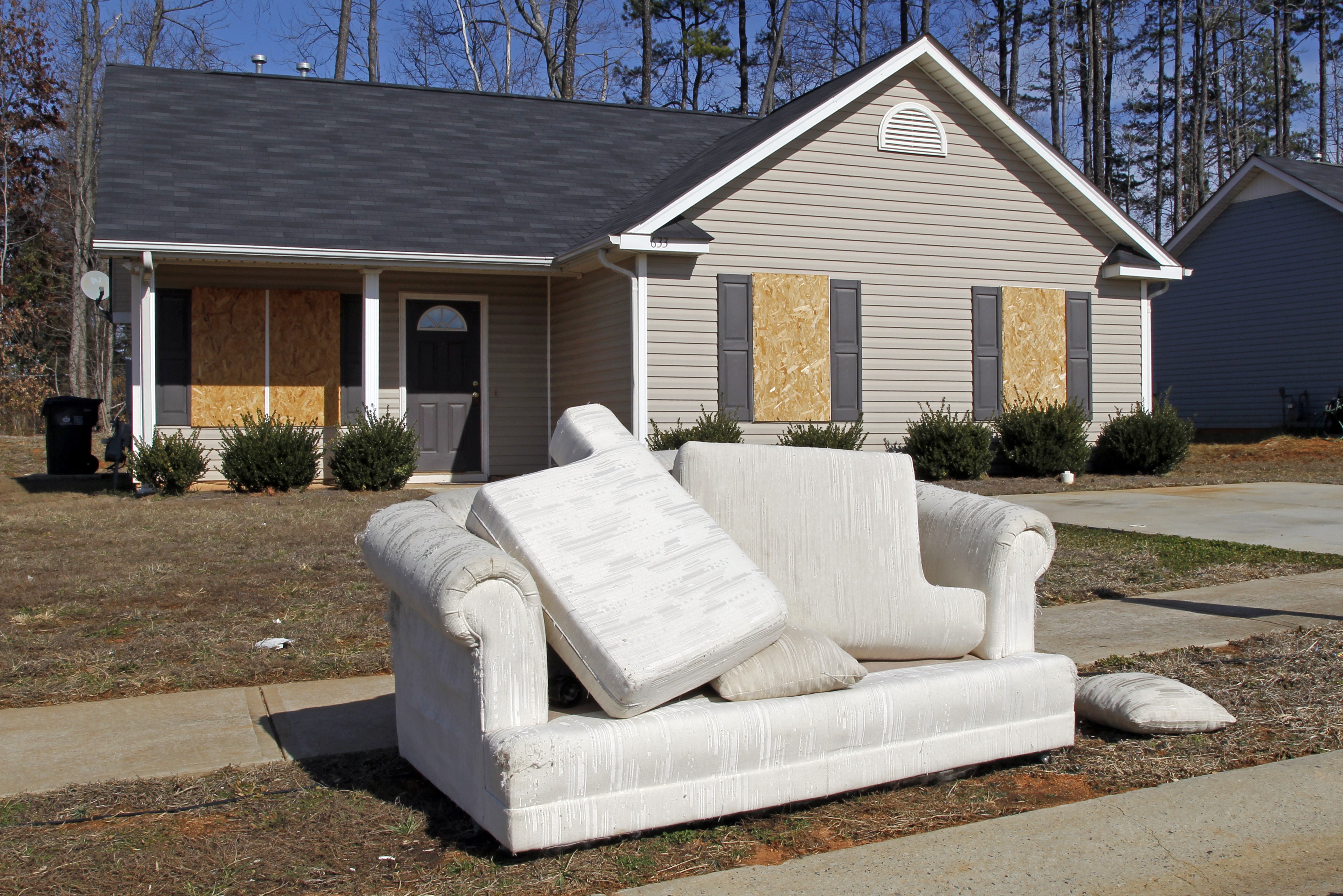In a speech to the Population Association of America earlier this month, economist Robert Moffitt argued that “welfare spending is up—but help for the neediest is down.” The assertion has gotten a fair amount of positive attention from progressive bloggers who have highlighted the “help for the neediest is down” part of the equation. But before embracing Moffitt’s take wholeheartedly, it’s important to closely examine the “welfare spending is up” half of his argument.
Moffitt’s analysis tracks trends through 2007, the year before the Great Recession and major legislation like the Recovery Act and Affordable Care Act. In the discussion below, I’ll stick with his time frame. But a fuller analysis would also track spending trends through both the Great Recession and a return to near full employment, which hasn’t happened yet of course.
The first two charts below track federal spending on what I’ll broadly call income security programs through 2007. Instead of looking at the change in spending on a per capita basis, as Moffitt did, I compare spending to the size of the economy (GDP). This is a common way to examine spending trends, and a common sense way to assess whether we have become “more generous” over time as Moffitt asserts.
Figure 1 shows total federal spending on these programs and the programs individually between 1962 and 2007. To allow for a clearer look at the overall trend, the second chart just tracks the change in total spending (again as a share of GDP) on these programs between 1972 and 2007.
Figure 1. Federal Spending on Income Security Programs as a Percent of GDP, 1962-2007

Figure 2. Total Federal Spending on Income Security as a Percent of GDP, 1972-2007

Source: Author’s Analysis of OMB Historical Tables, FY2015 Budget
Looking at Figure 2, it’s hard to see any big change in generosity since the mid-1970s. If you look at the peaks in spending (which occur during recessionary periods) since the mid-1970s, spending has trended downward slightly since its 1976 peak. If you look at the troughs in spending (during low-unemployment periods), spending trended downward slightly through 1989, and then upward modestly in 2000. So, for example, expenditures on income security programs totaled 1.73 percent of GDP in 2007, an amount .18 percentage points higher than in 1979. While .18 percent of the economy isn’t peanuts, it’s hard to see it as a significant expansion in the welfare state.
To thicken the plot further, Figure 3 tracks the change in federal spending on education, training, employment, and social services. There was a large increase (about 1 percent of GDP) between the declaration of the War on Poverty and last years of the Carter Administration. But since then, there has been a substantial decline in federal investments in education, training, employment and social services (about .6 percent of GDP).
Figure 3. Federal Spending on Education, Training, Employment and Social Services as a Percent of GDP, 1972-2007

If you look at the trend in total federal spending on income security plus education, training, employment and social services, the story is more about retrenchment than the expansion story Moffitt tells.
It is also worth noting some of the trends in individual programs. Most notably, as Figure 1 shows, spending on unemployment insurance as a share of the economy has declined steadily since the mid-1970s. Similarly, spending on “family and other support assistance”, primarily the Temporary Assistance program (and its predecessor AFDC), has also declined significantly.
The fact is that our core “unemployment system”—composed of unemployment insurance, the unemployment assistance provided through Temporary Assistance, and reemployment and training services—has gotten smaller over the last few decades, as compared to the size of the economy.
At the same time, we’ve allowed the minimum wage to decline substantially in real terms; labor market institutions like unions that boost wages for the working class have also weakened; and we’ve increased the payroll tax, while expanding two programs, the EITC and Child Tax Credit, that use public dollars in large part to subsidize poorly compensated employment. (A related issue with the EITC is that employers may capture roughly a quarter out of every dollar of EITC benefits through wage reductions, as economist Jessie Rothstein’s research suggests.)
Any comprehensive examination of whether the “welfare state” has become more or less generous over the last several decades needs to take these issues into account. It would also have to take into account distribution of the many social welfare benefits besides the EITC and Child Tax Credit that are provided through the tax system, including: the mortgage interest deduction and the exclusion from income for tax purposes of various employer-provided benefits. As the Congressional Budget Office has documented, the value of these benefits is very large as a share of GDP and most of these benefits go to households with incomes that put them in the top 20 percent of the population. For example, the mortgage interest deduction is a larger program than the EITC and the vast majority of its benefits go to those in the top 20 percent.
And neither my analysis nor Moffitt’s analysis, for the most part, discuss trends in health insurance or pensions. These are also areas where any comprehensive discussion of “generosity” needs to take not just Medicaid, Medicare, and Social Security into account, but also the set of “submerged” welfare state programs, particularly the tax preferences for employer-based health and pension benefits.
To sum up, Moffitt raises important issues about the profound decline in the effectiveness of means-tested Temporary Assistance as an unemployment assistance program for low-income parents. But his blanket claim that means-tested welfare spending was up before the Great Recession is overstated, and his analysis misses the extent to which the non-means-tested unemployment insurance program and other parts of our core unemployment system have been weakened over time.








